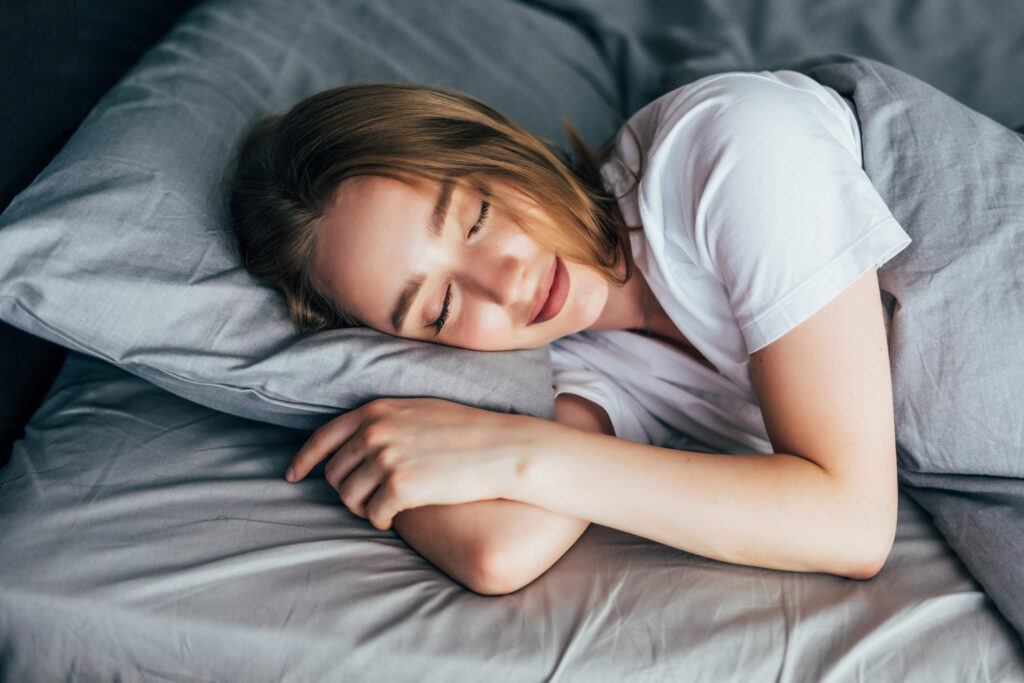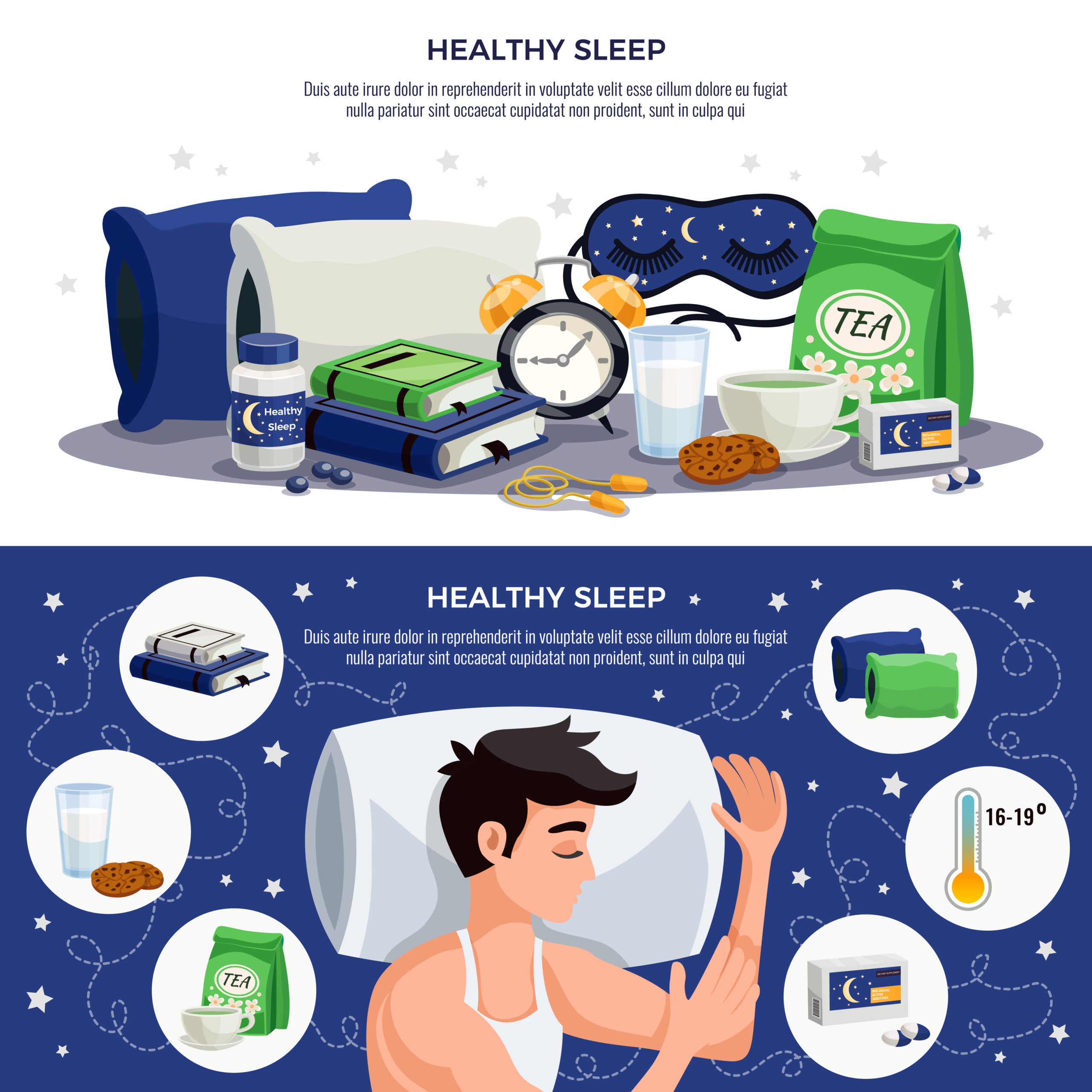Effective Techniques to Help You Sleep Fast
Struggling to fall asleep the moment your head hits the pillow? You’re definitely not alone.
Around one in three adults in the U.S. reportedly face some form of sleep deprivation. While sleep needs vary by age, most people should aim for a minimum of seven hours per night. Missing out on quality sleep can lead to serious mental and physical health issues, including:
- Persistent tiredness and irritability
- Poor focus, memory, and performance
- Higher risk of depression and anxiety
- Increased likelihood of developing heart disease, obesity, and diabetes
And here’s the twist: the harder you try to sleep, the more anxious and alert you may become. That’s why finding ways to relax your mind and body is essential.

Let’s break down several science- and experience-backed techniques to help you fall asleep in 10, 60, or 120 seconds.
3 Core Foundations for Better Sleep
Before diving into the sleep hacks, make sure you’ve addressed these three fundamentals:
- Sleep hygiene (routine, screen time, etc.)
- Bedroom environment (quiet, dark, and cool)
- Daily habits (exercise, caffeine, and light exposure)
If those are in check and you’re still tossing and turning, try the methods below.
How to Fall Asleep in 10 Seconds

This one’s a bit of a stretch unless you’ve practiced a lot—but it’s possible with consistency.
The Military Sleep Method
Originally developed to help World War II fighter pilots fall asleep fast even in chaotic conditions, this technique became popularized by the book Relax and Win: Championship Performance.
Though it technically takes about 2 minutes, the final 10 seconds are where sleep kicks in—if you’ve followed all the steps.
Here’s how to do it:
- Relax your entire face, even your tongue and jaw.
- Drop your shoulders and arms, letting them hang naturally.
- Exhale slowly, relaxing your chest.
- Release tension in your legs, thighs, and calves.
- Clear your mind by picturing a calm scene.
- If your thoughts wander, silently repeat, “don’t think” for 10 seconds.
If it doesn’t work right away, practice daily and pair it with breathing techniques to boost your success.
How to Fall Asleep in 60 Seconds

These methods focus on controlled breathing and physical relaxation—two things that signal your body it’s time to rest.
4-7-8 Breathing Technique
Created by Dr. Andrew Weil and rooted in yogic breathing (pranayama), this method helps slow your heart rate and calm the nervous system.
Instructions:
- Place your tongue against the roof of your mouth, just behind your front teeth.
- Inhale through your nose for 4 seconds.
- Hold your breath for 7 seconds.
- Exhale through your mouth for 8 seconds (make a soft whooshing sound).
Repeat for four full cycles. If sleep comes earlier, don’t resist—let it happen.
Note: Those with respiratory issues like asthma or COPD should talk to a doctor before trying this.
Progressive Muscle Relaxation (PMR)
This technique involves tensing and relaxing different muscle groups to release physical stress.
How to do it:
- Start with your face: raise your eyebrows and hold for 5 seconds, then relax.
- Smile wide for 5 seconds, then release.
- Close your eyes tightly, hold, then let go.
- Tilt your head back comfortably, then relax.
- Move down your body—arms, chest, legs, feet—repeating the same tense-and-release steps.
Focus on how heavy and relaxed your body becomes with each release.
How to Fall Asleep in 120 Seconds
Still not asleep? Try these advanced (but simple) techniques that engage your mind in clever ways.
Paradoxical Intention
It sounds counterintuitive, but try staying awake on purpose. This method, known as paradoxical intention, helps reduce performance anxiety around falling asleep.
Instead of stressing about trying to sleep, keep your eyes open and tell yourself you’re trying to stay awake. Often, your brain stops resisting, and you drift off naturally.
Mental Visualization
Counting sheep doesn’t work for everyone—but mental imagery can.
A study by Oxford University found that visualizing calm, detailed scenes helped participants fall asleep faster.
Try this:
Imagine a peaceful waterfall. Hear the gentle rush of water, smell the damp earth, feel the mist on your skin. Let the details fill your mind so that worries fade into the background.
Acupressure Techniques
Some pressure points may aid in falling asleep faster, according to studies.
1. Spirit Gate (HT7)
- Location: Small hollow near the base of your wrist, pinky side.
- Technique: Apply gentle circular pressure for 2–3 minutes.
2. Inner Frontier Gate (PC6)
- Location: About three fingers’ width below your wrist crease.
- Technique: Press firmly between the tendons and massage gently.
3. Wind Pool (GB20)
- Location: Base of your skull where your neck muscles meet.
- Technique: Use your thumbs to apply firm, circular pressure while breathing deeply.
Frequently Asked Questions
1. How can I fall asleep immediately?
Start by optimizing your routine, bedroom, and daytime habits. If that’s covered, try relaxation techniques like the military method or 4-7-8 breathing.
2. What makes it hard for me to sleep at night?
Stress, anxiety, too much screen time, caffeine, or even medications can disrupt sleep. Address these triggers first.
3. Why do I feel tired but can’t sleep?
Your sleep cycle may be misaligned. Avoid long naps, reduce late caffeine, and power down electronics an hour before bed.
4. Do these sleep hacks work for insomnia?
They can help—but results vary. If sleep issues persist, it’s best to consult a healthcare professional.
5. Is falling asleep in 10 seconds really possible?
Yes, with practice. It’s not magic—it’s muscle memory and relaxation working together.
Final Thoughts
Getting better sleep doesn’t always require sleeping pills or expensive gadgets. Often, the most effective techniques are rooted in age-old practices like mindful breathing, body awareness, and calming the mind. Try one method tonight—and stick with it. You might be surprised how quickly your body learns to follow your lead.







